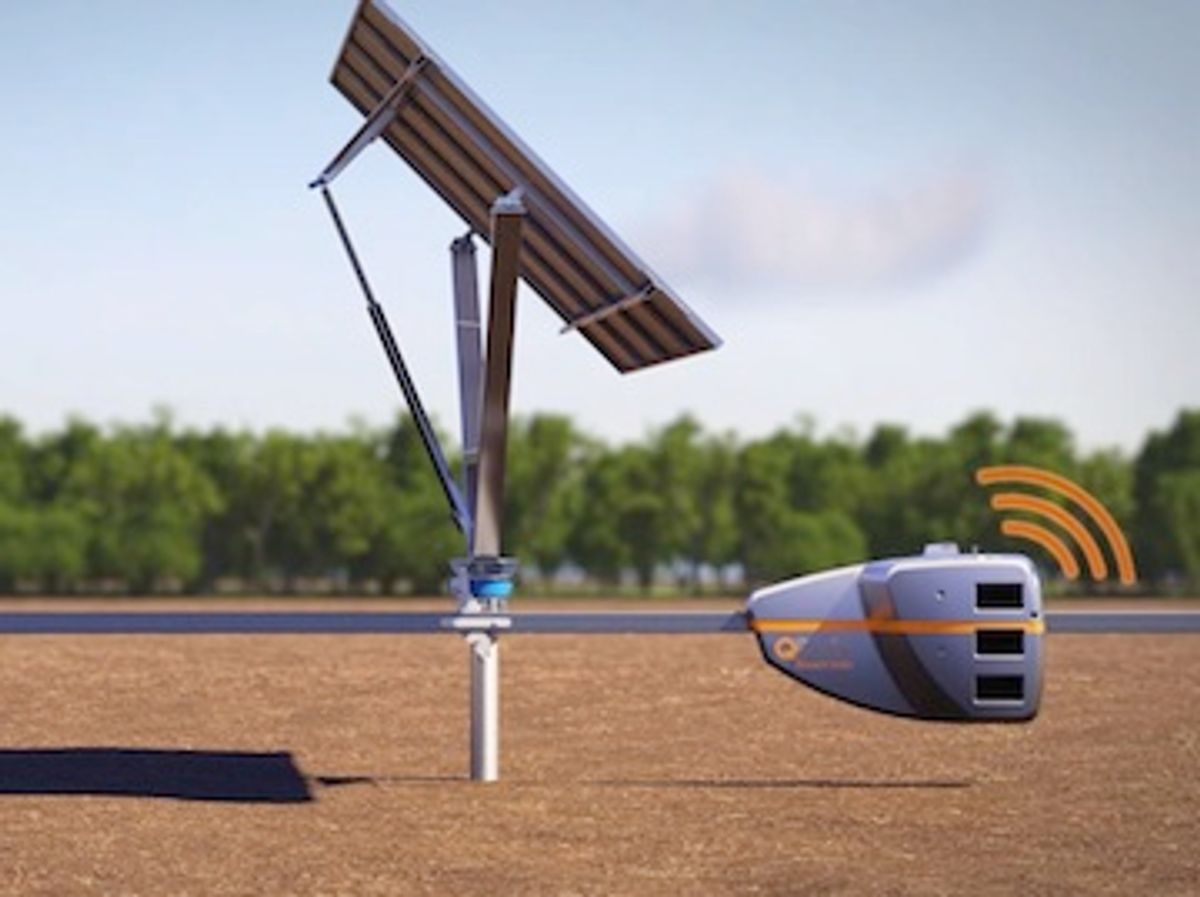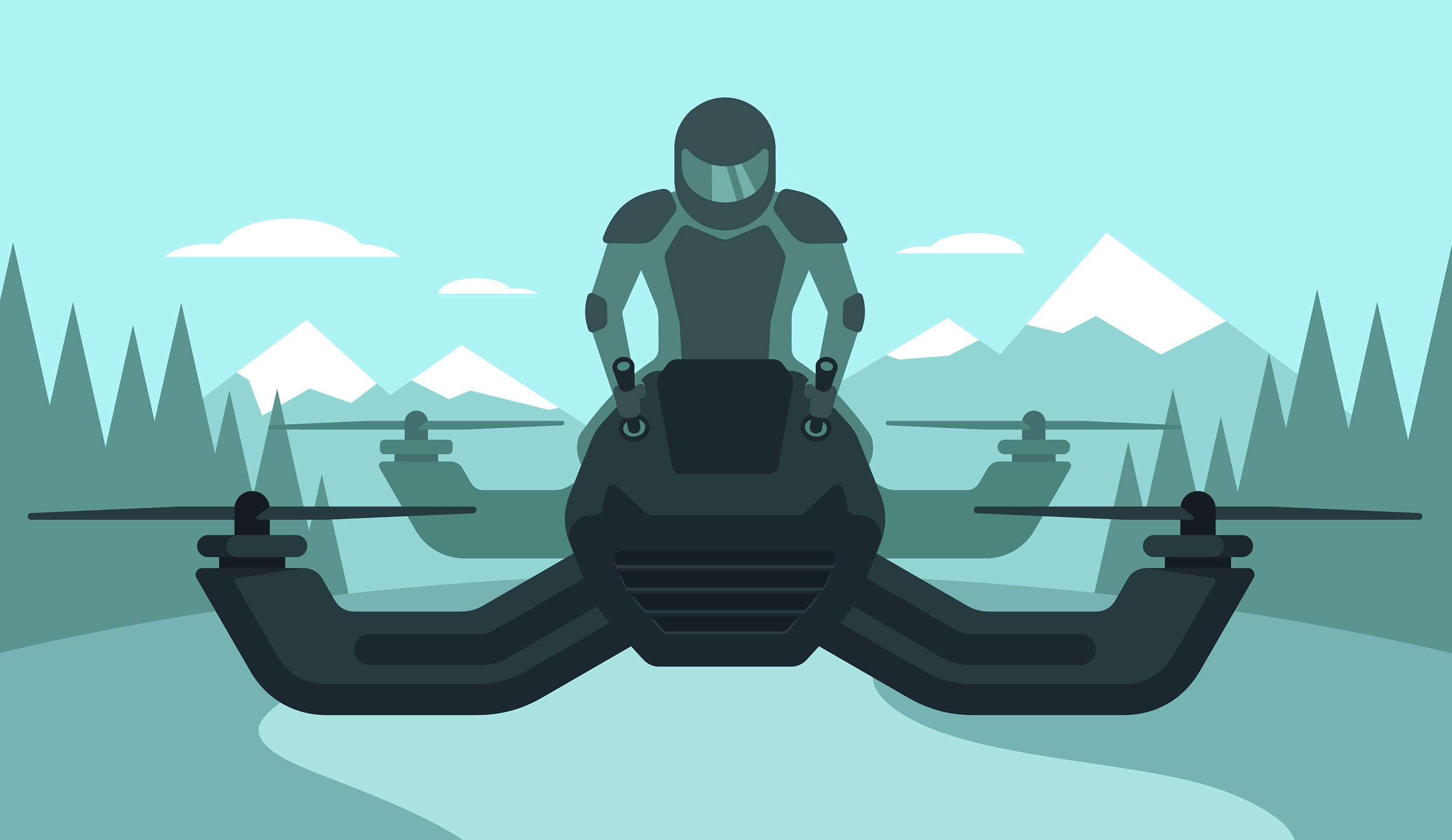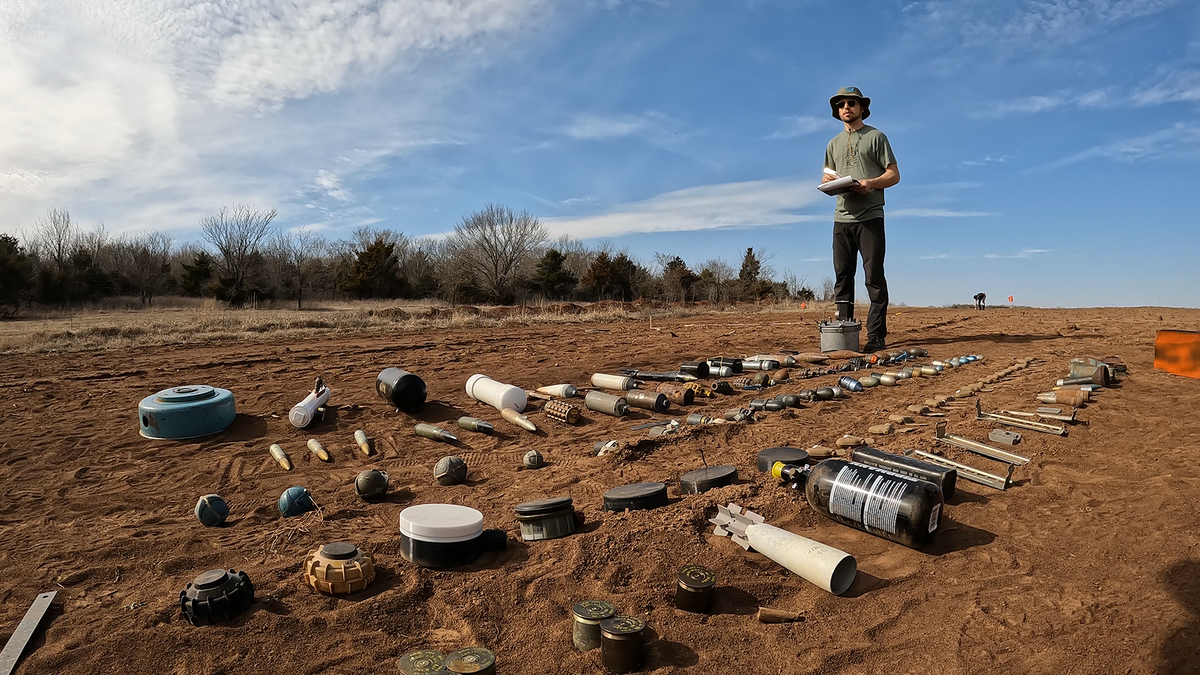In large solar generating plants in the deserts, there are rows and rows of photovoltaic panels, lined up like umbrellas on a New Jersey beach, that do indeed track the sun. They typically do this with a complicated mix of controllers, sensors, and motors.
QBotix, a startup company in Menlo Park, Calif., thinks it has a better way. This week, it announced the QBotix Tracking System (QTS). It describes this as a “comprehensive dual-axis tracking system that employs rugged, intelligent, and mobile robots to dynamically operate solar power plants and maximize energy output.” That’s a mouthful. I think of it more as a couple of cute little ‘bots running around adjusting beach umbrellas.
Visualize a line or a snaking curve of solar panels, mounted on poles. Now imagine a track that goes down one side of that line. A robot that QBotix has dubbed the SolBot buzzes along that track and adjusts the angle of the solar panels. The company says that one of those little SolBots can, in 40 minutes, adjust 200 panels producing 300 kilowatts of electricity; a QTS system comes with two SolBots, one recharges itself while the other one makes its rounds. The company says that while useful for adjusting panels in neat lines, the SolBot really beats its non-robotic competition in situations with less orderly panels on more complex terrain. And that it increases energy production 8 to 15 percent over standard tracking systems and 40 percent over fixed solar panels. QBotix expects its robots to begin their first commercial operation later this month.
Follow me on Twitter @TeklaPerry.
Photos: QBotix
Tekla S. Perry is a senior editor at IEEE Spectrum. Based in Palo Alto, Calif., she's been covering the people, companies, and technology that make Silicon Valley a special place for more than 40 years. An IEEE member, she holds a bachelor's degree in journalism from Michigan State University.





